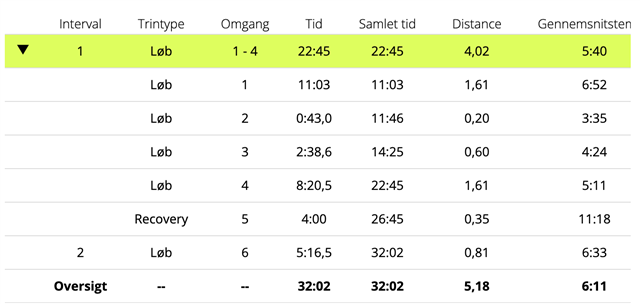Hi, I run with a Garmin FR 945 and an HRM Pro Plus.
The pace that my watch reports, and which is recorded in the garmin connect summary report, is slower than the pace calculated based on distance / km.
See this example from a superset:

The workout was 1.61 km slow, 200 m fast, 600 m semi-fast, 1.61 km goal pace 0.8 km slow. As you can see I had to rest a few times. The watch reported that I was way slower than needed. The highest speed given (and measured on my watch) was 3.39 min/km, in the 200 m fast leg.
Yet, if I just look at the time spent in each stage and divide by the distance covered, my pace was faster:

It shows the mean speed of the fast segment as 3.35 (clearly impossible if my max speed is 3.39) and of the semifast as 4.24, also way faster than the readings my watch gave me. The watch readings match what is in the report. What is up here?


